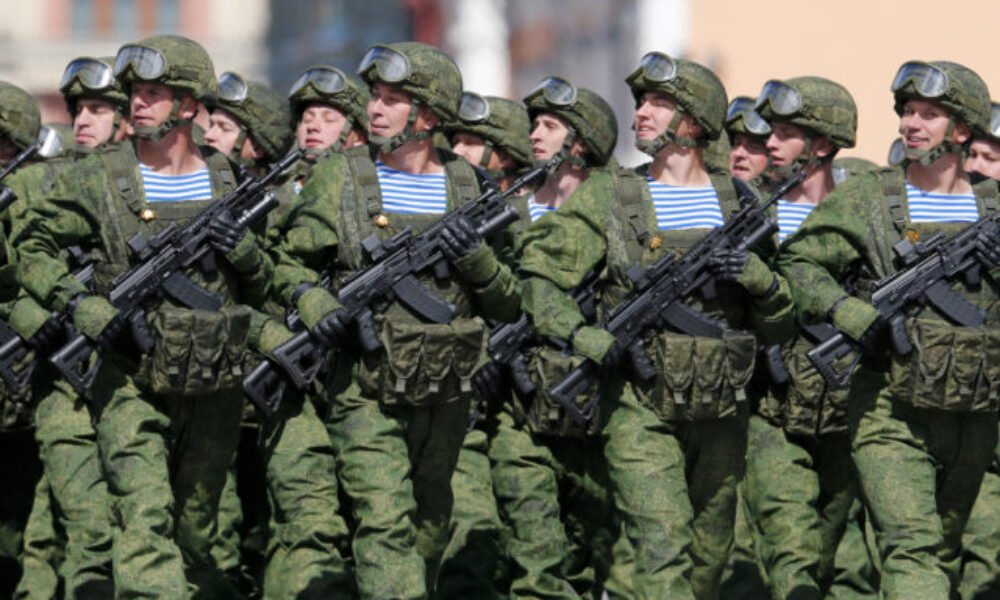
What qualities should interceptor drones have to counter Shaheds? What can Ukraine teach Europe about counter-drone measures? Can the EU simply buy enough electronic warfare systems to protect its territory?
In this and the following editions of Drone Warfare in Ukraine, I will explore these questions together with Ukrainian developers, soldiers, and drone warfare experts. When calculating the cost-efficiency of these systems, many factors are often overlooked — in reality, they’re not as cheap as they may seem, yet still far more affordable than traditional air defense solutions.
In this edition:
-
Successful Interceptors and Jam-Resistant FPVs: United Unmanned Systems;
-
Daily Dynamics of Drone Warfare: Summary of an Interview with Serhiy FLASH;
-
10+ additional developments in drone warfare in Ukraine and Russia.
This week, I received a Substack Bestseller badge — so thank you to everyone who chose to support my independent reporting financially. As you know, for my work on Ukraine’s Arms Monitor, I don’t receive any remuneration from any organization, government, or individual. That means I get to decide what to write about — and how to do it.
Thank you for reading and supporting my work!
Successful Interceptors and Jam-Resistant FPVs: United Unmanned Systems
Unidentified drones in Europe aren’t going away anytime soon. Last week, Zelensky said that Russia is employing its shadow fleet tankers not only to finance the war, but also to carry out sabotage and destabilising activities across Europe. Recent launches of drones from tankers are one such example.
I decided to speak with several Ukrainian producers and experts about how Europe should approach this problem. This time my attention was caught by United Unmanned Systems (UUS), a German-Ukrainian firm that focuses on FPV drones — used on the battlefield to strike military targets — as well as interceptor drones. UUS has already handled direct orders for 20,000 drones from frontline brigades, and its systems are in use with several elite units, including the Azov and Rubizh brigades. The startup says it has the manpower, equipment, and production lines to produce up to 15,000 FPV drones a month.
Sergej Sumlenny, co-founder of UUS and founder of the European Resilience Initiative Center, said that FPV drones have shifted firepower from senior commanders to platoon leaders, creating a battlefield where “any target you have – tanks, radio stations, radars, manpower – is done by drones now.”
In his conversation with Ukraine’s Arms Monitor, he said, “The success of using drones depends above all on scale and consistency. Our drones hit targets in about 70% of cases. On the Dobropillia axis, units holding back the Russian forces report 140 successful hits out of 200 sorties. That’s what truly matters, because a single successful hit even on a high-value target cannot change the situation at the front — unlike sustained hits that wear the enemy down”.
The key to success is a focus on improved radio technology, which allows the production of almost unjammable drones. UUS decided to refine it, so they could field a light, maneuverable, and reliable radio-controlled drone — one that avoids the shortcomings of fiber-optic systems while still being protected against EW. The startup works closely with the units that use their drones — from Sumy to Donetsk sections of the frontline. Every month, UUS representatives go to the front, and every week, they talk online with the pilots.
Based on feedback from those units, UUS developed its Black Widow resilient radio-link technology. It combines rugged components, the choice of effective frequencies, and an advanced drone layout. This is no longer a drone built on amateur civilian tech. “As a result, our drones can even fly into basements at ranges of 15–18 km without losing radio contact, which the military units greatly value,” Sergej says.
Recently, the developers discovered a new niche – interceptor drones. Now the UUS call themselves “the only German company producing interceptor drones which are successfully used in Ukraine by the Ukrainian army against russian recon and strike drones”. Its interceptor has already taken down Russian drones such as Lancet and ZALA, but the much bigger task is to take down Shaheds — work is underway in that direction.
Answering my question, what should be the qualities of an effective interceptor against the Shahed, Sergej said that because Shaheds operate at high altitude and speed, the most effective countermeasures are drones that can remain airborne for at least 20–30 minutes, reach 350–400 km/h, and carry a warhead capable of reliably destroying a Shahed even if detonation occurs at some distance.
Ideally, such an interceptor should also be able to trigger the Shahed’s warhead, since a damaged Shahed falling onto residential areas would pose an unacceptable risk. These requirements create hard engineering trade-offs — from aerodynamics to balancing battery weight, warhead mass, and overall dimensions. At high velocities, automatic target-acquisition systems are essential for the pilot.
Air-defense units are currently testing the high-speed Shahed-interceptor drones developed by UUS; this is the third generation of designs, and the firm expects the fourth to be unveiled soon. Last month, their Furia air defense drone demonstrated a speed of 350 km/h, and is expected to be live tested against Russian Shaheds.
Recently, the United Unmanned Systems were invited by a NATO airbase to share their drone knowledge freshly from the frontline, and to discuss security concepts for NATO facilities. A meeting with officers of seven nations included a simulated drone attack with UUS drones, and testing of countermeasures.
“The problem for Western countries is that many of them — for example, Germany — are quite unwilling to admit that, whether they like it or not, they are already living in a state of war imposed on them. Because the war is officially denied, it becomes, for instance, impossible to shoot down these drones — the use of weapons over a civilian airport is effectively prohibited,” said Sumlenny.
He adds that NATO must accept that the number of drone incidents will only increase, and that they can be countered only by force: by shooting down reconnaissance drones such as Orlan and ZALA, by physically protecting vulnerable sites, and by embedding mobile anti-drone teams within the technical services of airports and other facilities. United Unmanned Systems has already been providing advice on protecting military airbases, but, unfortunately, the process is taking longer than needed.
Read my previous articles on the topic:
Daily Dynamics of Drone Warfare: Summary of an Interview with Serhiy FLASH
Many of you have heard of Serhiy “FLASH” Beskrestnov, Ukraine’s expert in military radio technology, who posts daily updates on Telegram about new developments in drone warfare. He receives hundreds of photos of drones, antennas, and other enemy equipment every day, which he analyzes and uses to propose battlefield solutions. Last week, Politeka Online published a one-hour interview with him that’s packed with technical insights — it took me a couple of days to watch, rewatch, and take notes. I learned a lot; here are some key takeaways:
-
“Every morning I wake up and think — what will I see today? The dynamics are daily — changes in frequencies, bands, tactics, technologies”.
-
Why is Ukraine keeping up? Because large military conglomerates are now inert, integrating new frequencies and bands requires huge bureaucratic processes. By the time a large corporation integrates something, that novelty is already outdated.
-
Current bets are on the mid-tier manufacturers: they are more dynamic and can react quickly to counter UAV measures. Ukraine focuses on this segment.
Survivability & frontline effects










